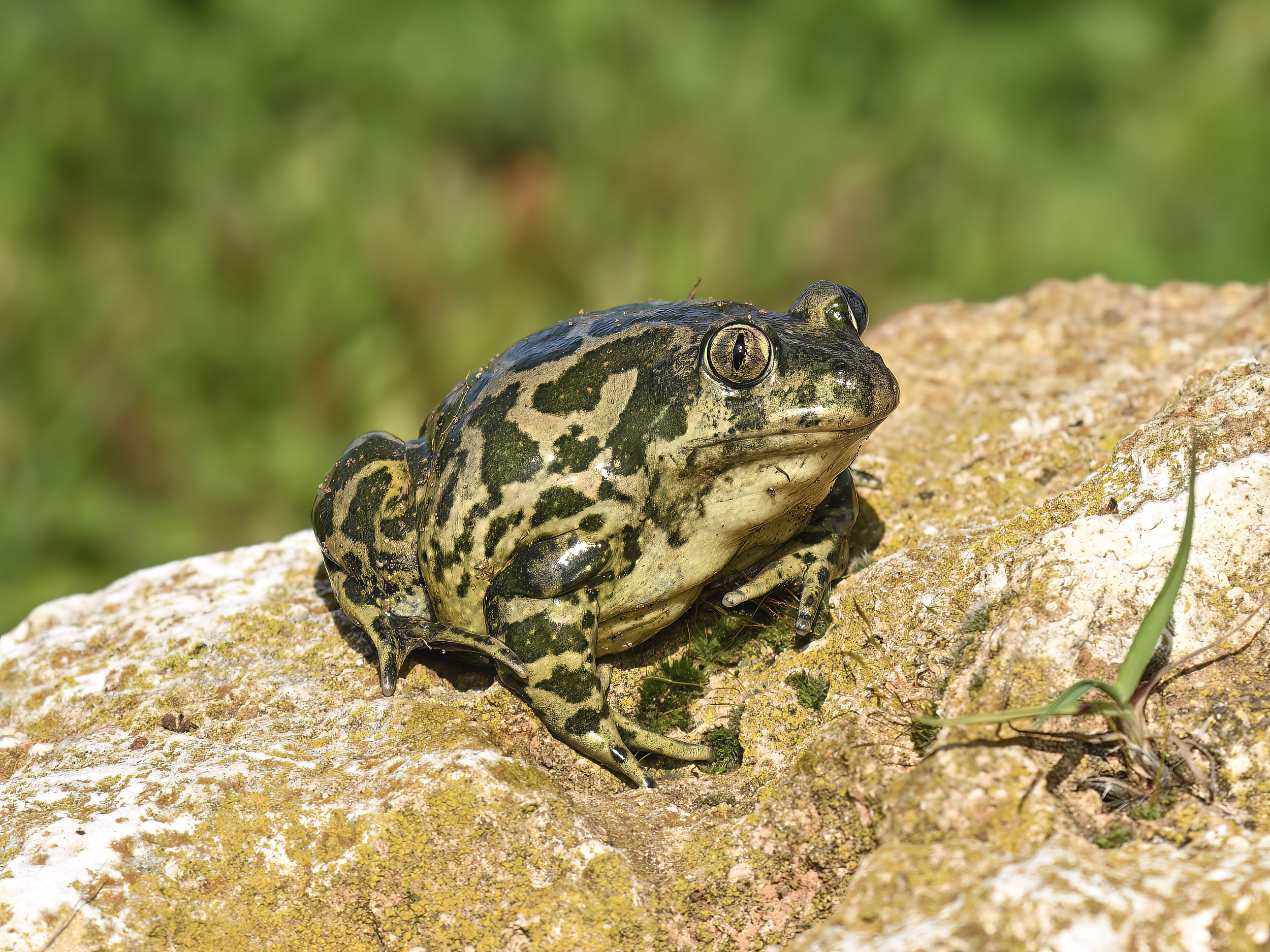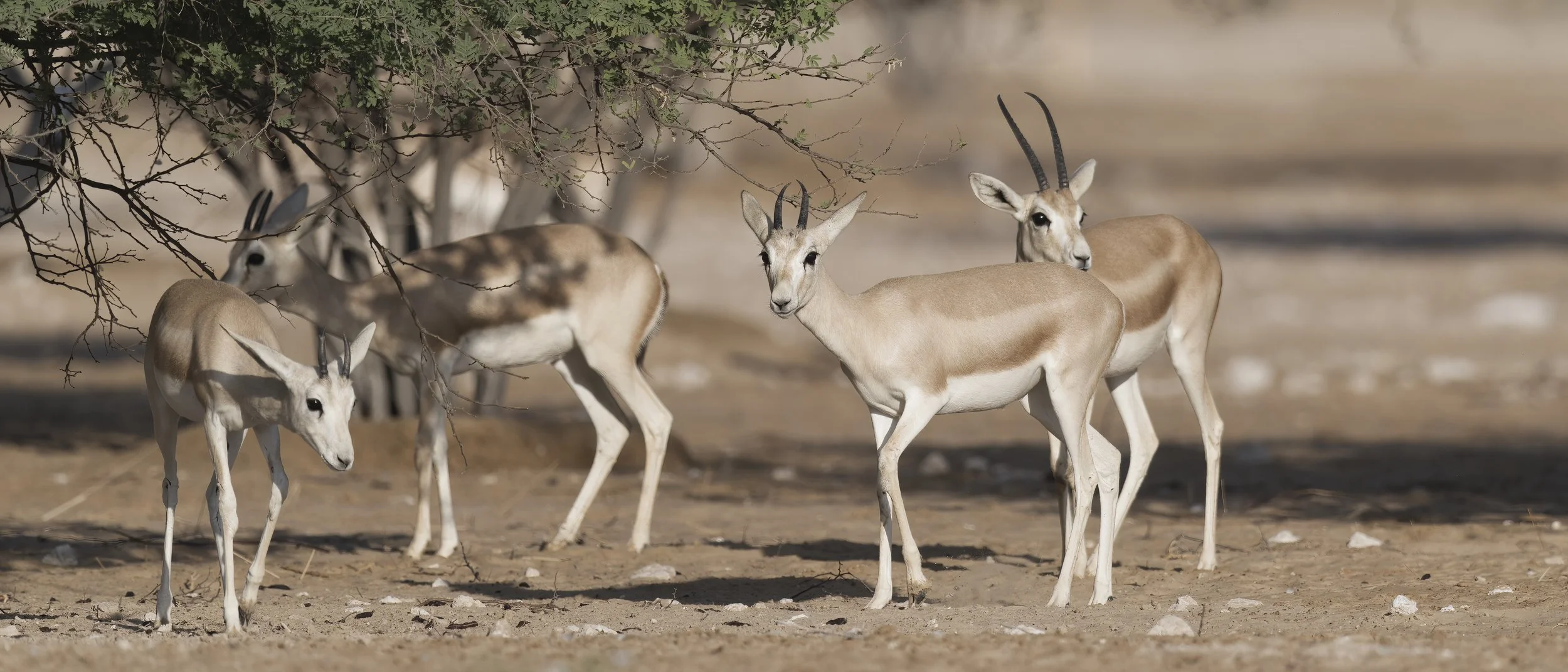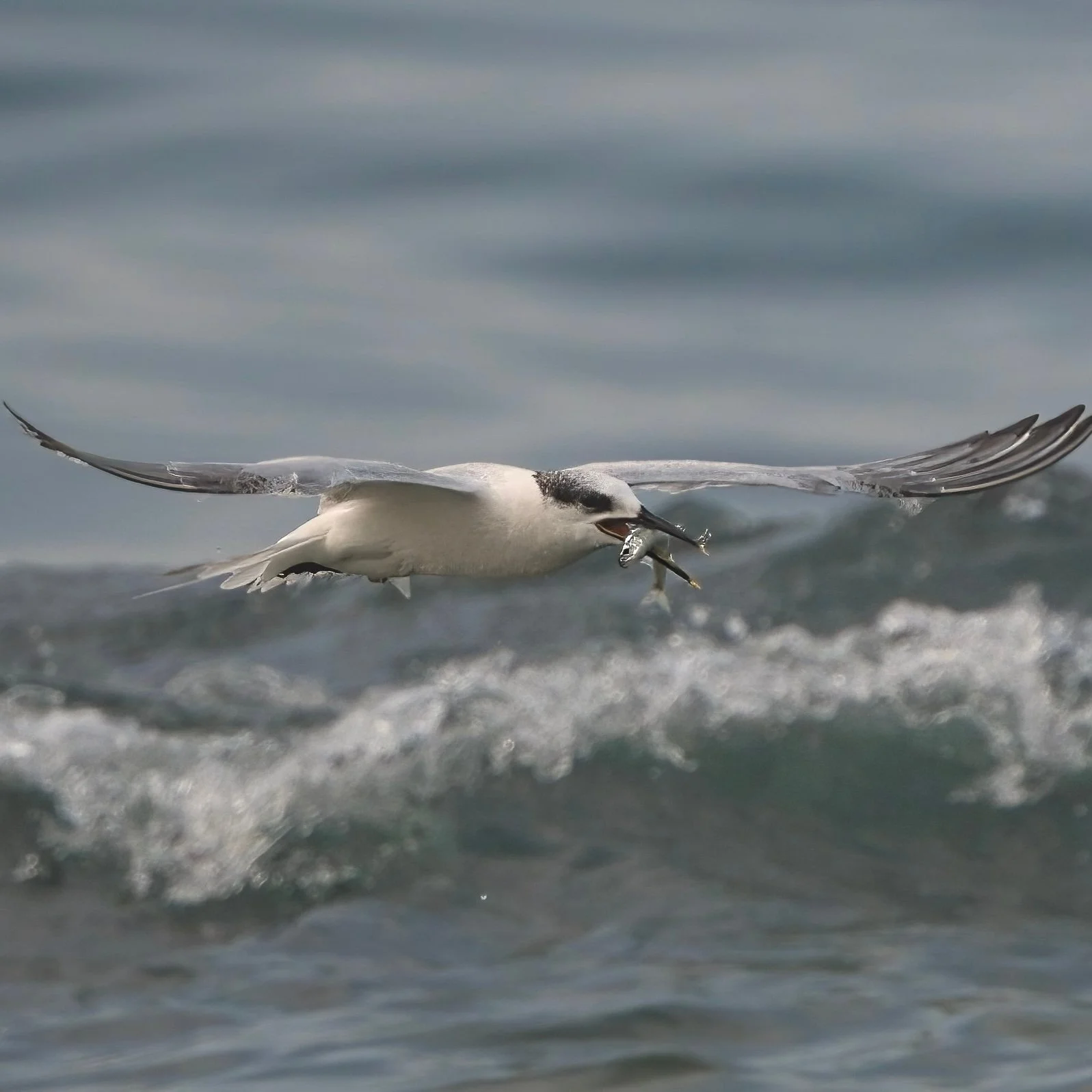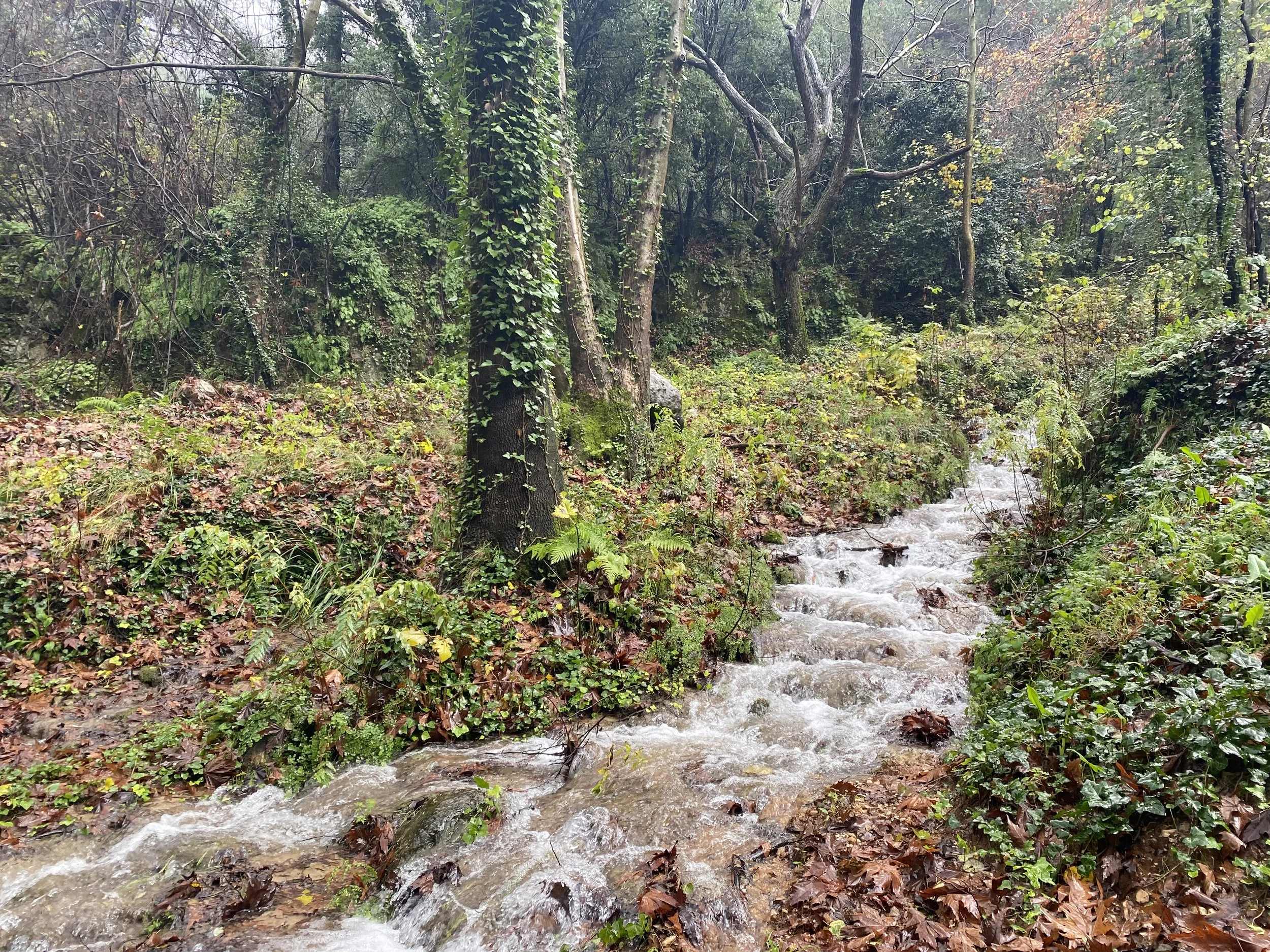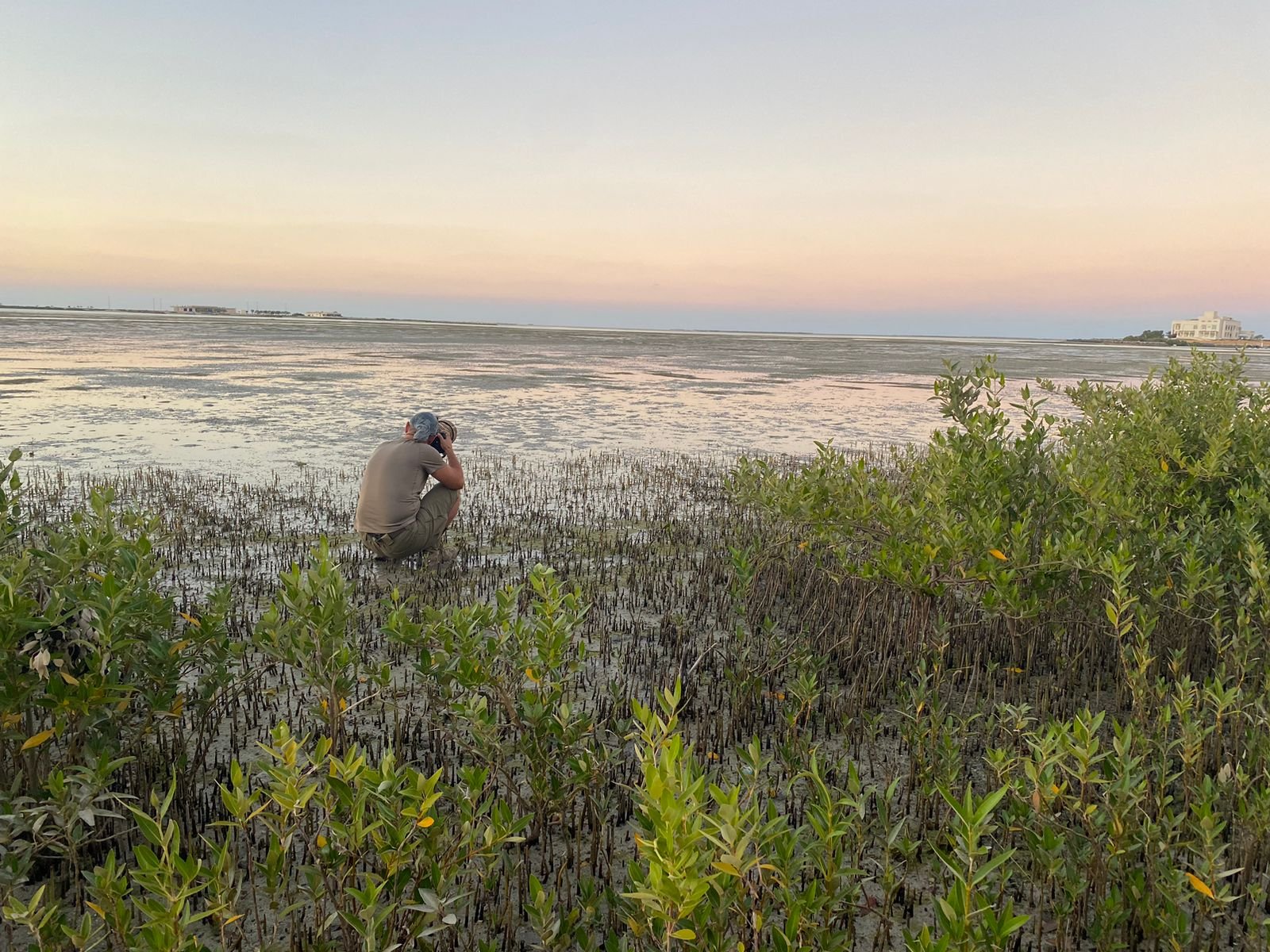African Safari VS Animals Welfare
Yesterday, I came across an Instagram clip that left me both angry and disheartened. It showed a male and female lion mating, surrounded by multiple safari vehicles parked barely three feet away. The intrusive behavior was appalling—tourists were so close that cameras were useless, leaving them to capture generic, poorly angled photos on their phones. This reckless invasion wasn’t just disrespectful to the animals but also stripped the moment of any meaningful observation or photography.
As a wildlife photographer, I view such scenes as a tragic betrayal of nature. Moments like these are not just fleeting spectacles but sacred instances of wildlife behavior, deserving of respect and distance. The suffocating proximity, noise, and insensitivity shown by the onlookers reflect a disturbing trend in tourism that prioritizes meaningless social media content over the welfare of the animals and the sanctity of the experience. Worse, it risks disturbing the animals, disrupting their natural behavior, and compromising their well-being.
True wildlife photography demands patience, respect, and distance. Using proper telephoto lenses, capturing authentic moments from afar, and ensuring animals remain undisturbed are the hallmarks of a responsible approach. We owe it to nature to leave it as untouched as possible, preserving its beauty and integrity—not destroying it for the sake of shallow, meaningless snapshots.
This is why, african safari is not for me.
Safaris are becoming "open-roof zoos". While safaris offer opportunities to see animals in their natural habitats, commercialization and unregulated tourist behavior often turn these experiences into spectacles rather than respectful engagements with nature. Overcrowding, especially at popular destinations like the Maasai Mara during the Great Migration, creates congestion similar to a zoo environment, where animals are surrounded by noisy, intrusive spectators. Many tourists treat safaris as entertainment, engaging in disruptive actions such as shouting or using drones, which alter animal behaviors and make the settings feel artificial. Repeated human encounters can condition animals to associate humans with food or safety, diminishing their natural instincts. Additionally, practices like creating artificial waterholes or modifying habitats for better viewing can damage ecosystems and compromise ecological balance. These issues highlight the need for more sustainable, ethical approaches to wildlife tourism to preserve the wild essence of these environments.
Africa's vast landscapes and abundant wildlife make it a prime destination for wildlife photographers and nature enthusiasts. A safari is often considered a once-in-a-lifetime experience, offering a chance to immerse yourself in nature and have close encounters with iconic animals, including the Big Five “Lion, Elephant, Buffalo, Leopard, Rhinoceros“. the trip cost from 150$ a day up to 2500$ a day.
African safaris play a crucial role in the continent's economy, culture, and conservation efforts:
Economic Impact: Safaris and wildlife tourism contribute significantly to Africa's economy, accounting for about 8.5% of the continent's GDP. Nature-based tourism, which includes safaris, generates higher revenues than other tourism types, contributing $48 billion annually in tourist spending across Africa’s 8,400 protected areas. It also supports 24 million jobs, particularly in rural areas that benefit from economic activity tied to conservation and tourism
Conservation Funding: Approximately 80% of the funding for conservation in key reserves, such as South Africa's Greater Kruger National Park, comes from wildlife tourism. This funding is vital for maintaining biodiversity, protecting endangered species, and managing ecosystems
Africa is home to many endangered species requiring urgent conservation efforts. Forest elephants have declined by 86% in 30 years, and savanna elephants by 60% due to poaching and habitat loss
Giraffe subspecies like the West African and Kordofan are critically endangered, alongside species such as Grevy’s zebra, Grauer’s gorilla, and riverine rabbit
Rhinos remain at risk from horn poaching, and several vulture species face sharp declines from poisoning and food scarcity
and the list goes on and on (Vultures, Riverine Rabbit, Rhinos, Grevy’s Zebra, etc).














